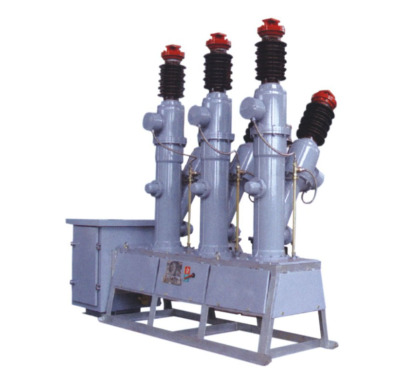 1. Mercerizing: Usually refers to cotton products (cotton cloth, cotton yarn) under tension, with concentrated caustic soda solution to obtain a long-lasting luster, and improve its ability to dye adsorption process. 2. The mercerizing singeing: The pure cotton fabric is burned through the annular flame outlet of the singeing machine to burn out the fine fluff on the surface of the cotton fabric. After the mercerizing process, the molecular gap of the cotton fiber is expanded and the cells are expanded, and the soft water is sprayed. Next, the surface of the cotton fabric becomes smooth and round, which increases the fiber luster and improves the luster of the cotton fabric.
1. Mercerizing: Usually refers to cotton products (cotton cloth, cotton yarn) under tension, with concentrated caustic soda solution to obtain a long-lasting luster, and improve its ability to dye adsorption process. 2. The mercerizing singeing: The pure cotton fabric is burned through the annular flame outlet of the singeing machine to burn out the fine fluff on the surface of the cotton fabric. After the mercerizing process, the molecular gap of the cotton fiber is expanded and the cells are expanded, and the soft water is sprayed. Next, the surface of the cotton fabric becomes smooth and round, which increases the fiber luster and improves the luster of the cotton fabric. 3. Alkaline shrinkage: A process in which a cotton knitted fabric is treated with a concentrated caustic soda solution under a relaxed state. The purpose of alkali condensation and mercerization is different. Its main purpose is not to obtain luster, but to increase the tissue density and elasticity of the knitted fabric.
4. Stretching: In some fabrics, the needles are removed from the barrel or dial according to the structure of the fabric. This technique creates a draw on the fabric. The drawn fabric is a kind of special fabric, or a double-sided fabric composed of the positive and negative coils without the regularity of the circulation, and the corresponding needles in the fabric are the needles for reverse knitting on the opposite needle bed, so the whole fabric looks like Several vertical stripes are arranged in the single-jersey.
5. Fleece:
There are three types of napping:
The first is the long hair formed during the weaving process;
The second is the cut short hair formed after knitting into a circle;
The third is to draw the fibers in the float of the knitted grey fabric to form fluff.
After the knitted fabric is napped, the texture of the fabric can be made soft, and the hand feels full, and the warmth of the fabric is enhanced due to the formation of fluff.
6. Heat setting: The process of heating the fabric under a certain tension and fixing it in a new state. After the fabric has been heat-set, its dimensional stability can be improved, and it is not easily deformed even under the conditions of dyeing and finishing such as moist heat and after taking it.
7. Microelement Biochemistry refers to the high-tech technology that can transmit long-wave infrared waves absorbed by human body, digest human cells, improve human microcirculation, eliminate masses effectively, and have antibacterial and health care effects.
8. Hanbu: It refers to the weft knitted fabric made of underwear.
The dry weight of the square meter is generally 80-120g/cm, the cloth surface is smooth, the texture is clear, the texture is fine, the hand feels smooth, the longitudinal and lateral directions have better extensibility, and the transverse direction has greater longitudinal extension. Hygroscopicity and air permeability are good, but there are dissapearing and hemming, and sometimes the phenomenon of coil deflection occurs.
The common jerseys include bleached jerseys, special white jerseys, fine wicking jerseys, and singeing wicked jerseys. According to the dyeing and finishing processes, there are plain jerseys, printed jerseys, and navy jerseys; according to the materials used There are different blended jersey, silk jersey, acrylic jersey, polyester jersey, ramie jersey and so on.
Pearl Print Microfiber Fabrics Item
Microsuede Material,Black Microfiber Fabric,Synthetic Microfiber Fabric,Synthetic Microfiber Upholstery Fabric
Changxing Zhongyuan Textile Co.,Ltd. , https://www.zyhometextile.com
